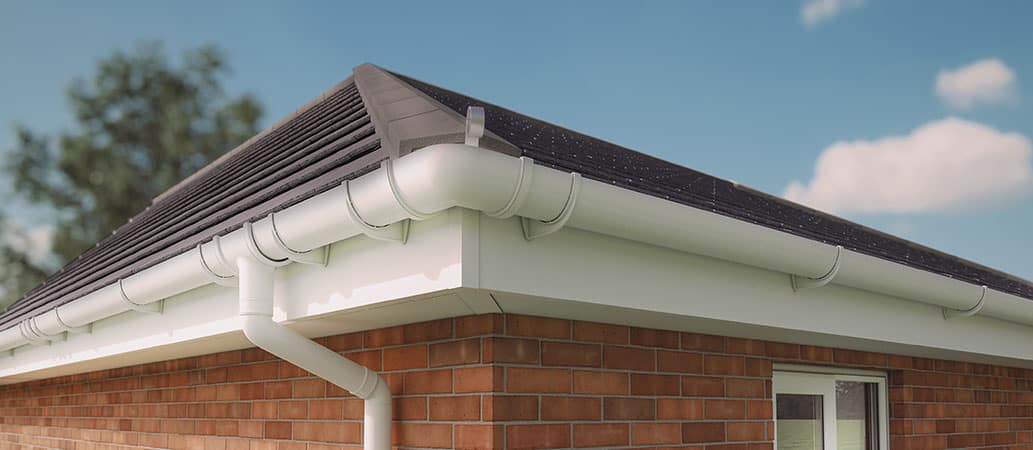
Professional Fascia Replacement
Overview
-
Sectors Real Estate
Company Description
How To Create An Awesome Instagram Video About Fascia And Soffit
The Importance of Hiring a Fascia and Soffit Contractor
Fascia and soffit are two crucial parts of a building’s roof that play essential roles in safeguarding the structure itself from water damage, pests, and severe weather condition. Beyond their functional elements, they likewise significantly add to the general visual of a home or commercial building. This article will offer thorough information about fascia and soffit, the significance of hiring a certified contractor for installation or repair, and what to consider when choosing a contractor for your needs.
Comprehending Fascia and Soffit
What is Fascia?
Fascia describes the horizontal board that runs along the edge of the roofing. It is the board that covers the ends of the roofing rafters and forms a barrier in between the roofing system and the elements. The fascia is often made from wood, aluminum, or vinyl and serves a double function:
- Support for Gutters: Fascia supplies structural assistance for gutter systems, guaranteeing they remain consistent and functional during rain.
- Aesthetic Appeal: A well-finished fascia enhances the structure’s visual appeal, supplying a sleek seek to the roofline.
What is Soffit?
Soffit is the product that covers the underside of the rafters of a roofing system, bridging the area in between the top of the outside wall and the fascia. Soffit generally is available in vinyl, wood, or aluminum and plays several crucial roles:
- Ventilation: Soffits typically contain vents that enable air circulation within the attic, decreasing wetness buildup and contributing to the longevity of the roofing materials.
- Pest Prevention: A well-installed soffit serves as a barrier, avoiding pests from entering the attic spaces.
- Visual Contributions: Like fascia, soffit contributes to the total look of a building, offering a neat and ended up appearance.
The Importance of Hiring a Fascia and Soffit Contractor
Working with a professional contractor for fascia and soffit installation or repair is essential for numerous factors:
-
Expertise and Experience: Professional specialists have the essential training and experience to deal with the complexities involved in setting up and preserving fascia and soffit systems.
-
Correct Installation: Correctly installed fascia and soffits work successfully, ensuring proper drain and ventilation.

-
Quality Materials: A professional contractor will have access to top quality products that may not be offered to the average house owner.
-
Insurance and Warranties: Reputable contractors offer insurance and guarantees for their work, offering comfort and security against future issues.
Secret Considerations When Hiring a Fascia and Soffit Contractor
When seeking to work with a fascia and soffit contractor, it’s essential to consider numerous aspects to guarantee quality work.

-
Licensing and Insurance: Confirm that the contractor possesses the suitable licenses and insurance. This protects you from liability in the event of an accident throughout installation.
-
Experience: Look for contractors with a track record of working specifically on fascia and soffit jobs. Experience in the local climate and architecture is also advantageous.
-
References and Reviews: Request references and review customer feedback. A trusted contractor needs to have a portfolio of past work and positive reviews.
-
Composed Estimate: Always request for a composed estimate. This need to information the costs and scope of work, including any service warranties or warranties offered.
-
Communication Skills: A great contractor will keep open lines of interaction, answering questions and providing updates during the project.
Typical FAQs
1. How do I know if my fascia and soffit need to be changed?
Signs that your fascia or soffit might need replacement consist of:
- Visible sagging or damage
- Water stains or mold growth
- Insect infestations
- Indications of rot or decay
2. What materials are used for fascia and soffit?
Typical products consist of:
- Wood: A standard alternative that can be stained or painted.
- Vinyl: A low-maintenance option resistant to rot and bug damage.
- Aluminum: Durable and weather-resistant but may damage under impact.
3. The length of time does fascia and soffit installation take?
The installation time can vary based on the complexity of the job, however most setups normally take one to three days.
4. Can I install fascia and soffit myself?
While DIY installation is possible for those with a handyman capability, it is typically recommended to work with a professional to make sure correct installation and avoid prospective issues.
Fascia and soffit are important components of any roofing system, contributing substantially to both function and visual appeals. Working with a professional fascia and soffit contractor to manage your installation or repair makes sure a high standard of quality, resilience, and expert craftsmanship. By taking the time to research study and choose the right contractor, homeowner can prevent future issues and protect the stability of their buildings. Investing in proper fascia and soffit care is not just about enhancing look; it’s about keeping the durability and efficiency of the entire roofing system.
Summary Table: Key Aspects of Fascia and Soffit
| Component | Purpose | Common Materials | Indications of Damage |
|---|---|---|---|
| Fascia | Supports rain gutters, enhances looks | Wood, Vinyl, Aluminum | Drooping, water spots, mold |
| Soffit | Supplies ventilation, bug prevention, aesthetic appeal | Vinyl, Wood, Aluminum | Rot, insect problems, staining |
By understanding the significance of fascia and soffit, home owners can assist in much better maintenance choices and guarantee the durability of their financial investment with the aid of proficient experts.
